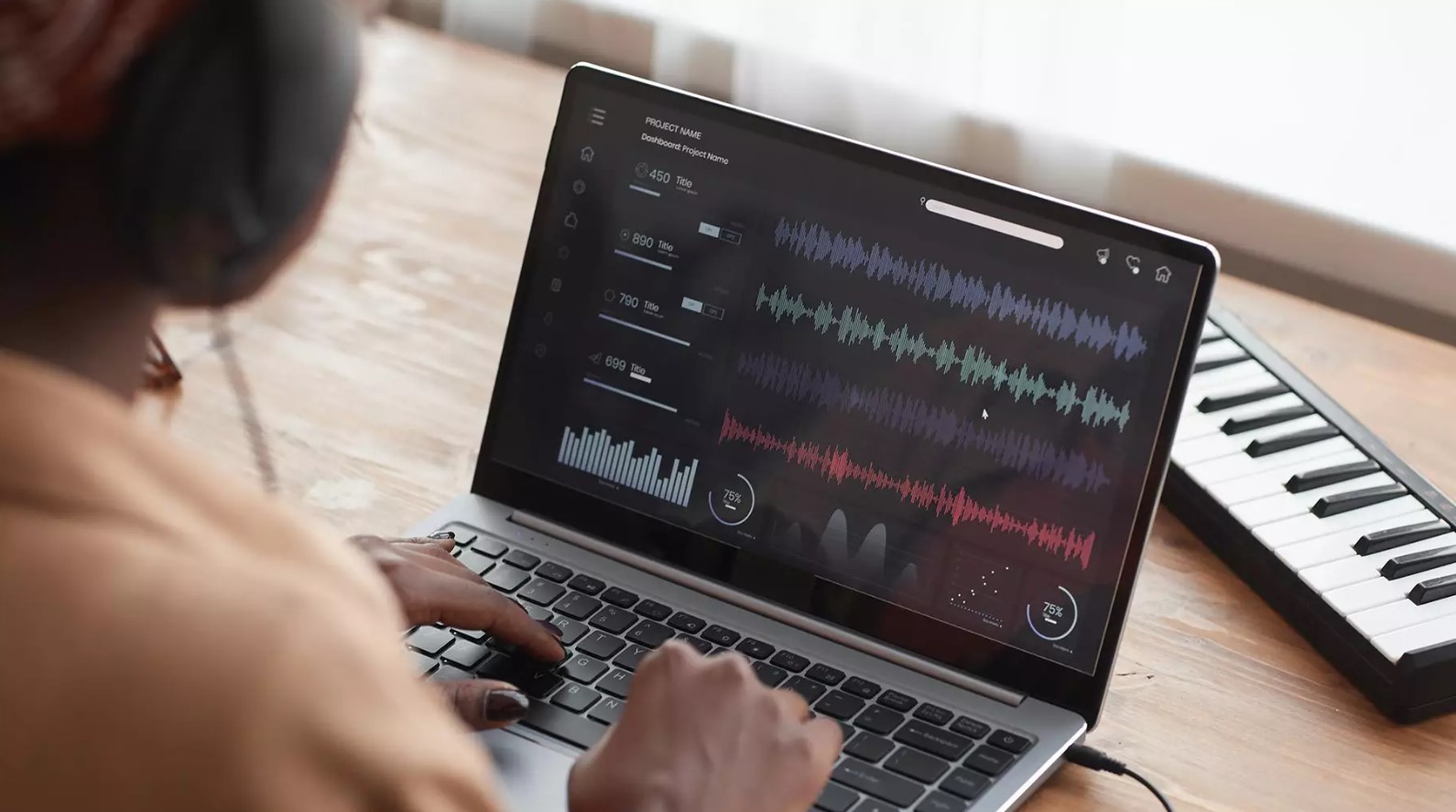Videos have become an integral part of the online experience. Whether you are a content creator, marketer, or business owner, adding music and sound effects to your videos can enhance the viewer’s experience and increase engagement. In this article, we will discuss the best ways to add music and sound effects to your videos.
1. Why audio is essential in videos?
Audio is a vital component of any video content. It helps set the tone, evoke emotions, and add depth to the visual experience. Audio can make or break a video, so it’s essential to get it right. Adding music and sound effects to your videos can make them more interesting, memorable, and engaging. It can also help reinforce your message and build a stronger connection with your audience.
2. Best Ways to Add Music and Sound Effects to Videos
Here are the best ways to add music and sound effects to your videos:
2.1 Use royalty-free music and sound effects
Royalty-free music and sound effects are pre-made audio files that you can use in your videos without worrying about copyright infringement. There are many websites and libraries where you can find royalty-free music and sound effects that suit your needs.
2.2 Hire a professional composer or sound designer
If you have a larger budget, you can hire a professional composer or sound designer to create custom music and sound effects for your videos. This approach allows you to have unique audio that matches your brand and message perfectly.
2.3 Use audio libraries and sample packs
Audio libraries and sample packs contain a vast collection of pre-made audio files that you can use in your videos. These files are usually organized by genre, mood, and tempo, making it easy to find the right audio for your video.
2.4 Record your audio
Recording your audio is another option to consider. You can record music, sound effects, and voiceovers using a microphone and audio recording software. This approach allows you to have complete control over the audio and create something that is entirely unique.
2.5 Use AI-generated music and sound effects
AI-generated music and sound effects are a newer option that is becoming more popular. These tools use machine learning algorithms to create music and sound effects that are unique and royalty-free.
3. Best Practices for Adding Music and Sound Effects to Videos
Here are some best practices to keep in mind when adding music and sound effects to your videos:
3.1 Keep it simple and avoid clutter
When adding music and sound effects to your videos, it’s essential to keep it simple and avoid adding too many audio elements that can clutter the audio space. The goal is to enhance the viewer’s experience, not overwhelm them with too much audio.
3.2 Match the tone of the audio to the video
The audio should match the tone and mood of the video content. If the video is light-hearted and playful, then the audio should reflect that. Similarly, if the video is serious and informative, the audio should match that tone.
3.3 Use music and sound effects strategically
Use music and sound effects to emphasize key points in your video content. For example, you can use sound effects to highlight the impact of a particular action or use music to add emotional depth to a scene.
3.4 Make sure the audio is of high quality
Ensure that the audio quality is high and matches the visual quality of the video. Poor-quality audio can ruin the viewer’s experience and make them lose interest in the video.
Adding music and sound effects to your videos can enhance the viewer’s experience and make your content more engaging and memorable. There are several ways to add audio to your videos, including using royalty-free music, hiring a professional composer or sound designer, using audio libraries and sample packs, recording your audio, and using AI-generated music and sound effects. When adding audio to your videos, keep it simple, match the tone of the audio to the video, use audio strategically, and ensure the audio quality is high.
Q1. Is it legal to use music and sound effects in my videos?
A1. Yes, it’s legal to use music and sound effects in your videos as long as you have the right permissions or use royalty-free audio files.
Q2. Can I use copyrighted music in my videos?
A2. You can use copyrighted music in your videos, but you need to obtain the proper permissions or licenses from the copyright owner.
Q3. What is the best way to match the tone of the audio to the video?
A3. The best way to match the tone of the audio to the video is to analyze the mood and emotions you want to convey and choose audio elements that reflect that.
Q4. Can I create my own music and sound effects?
A4. Yes, you can create your music and sound effects by recording your audio or using software to generate AI-generated music and sound effects.
Q5. How can I ensure the audio quality is high?
A5. You can ensure the audio quality is high by using high-quality recording equipment, choosing high-quality audio files, and using software to enhance the audio quality.
Q6. Which audio format is the best to use in a video?
A6. MP3 is widely supported and recognized for its compression efficiency. Popular options also include AAC, which offers a good balance of quality and file size. WAV provides high-quality sound at the expense of larger file sizes, suitable for editing and production. You can change any format to the required option, for example, using an M4A converter.

For 8 years, Madeline has been working as an CGI specialist and digital video producer since his student years. Now, she’s our main consultant on every technical aspect that may arise during our tests and research.
In case you haven’t found something, or have a question on some specific guide, product, or just a feature, we are always ready to help.

